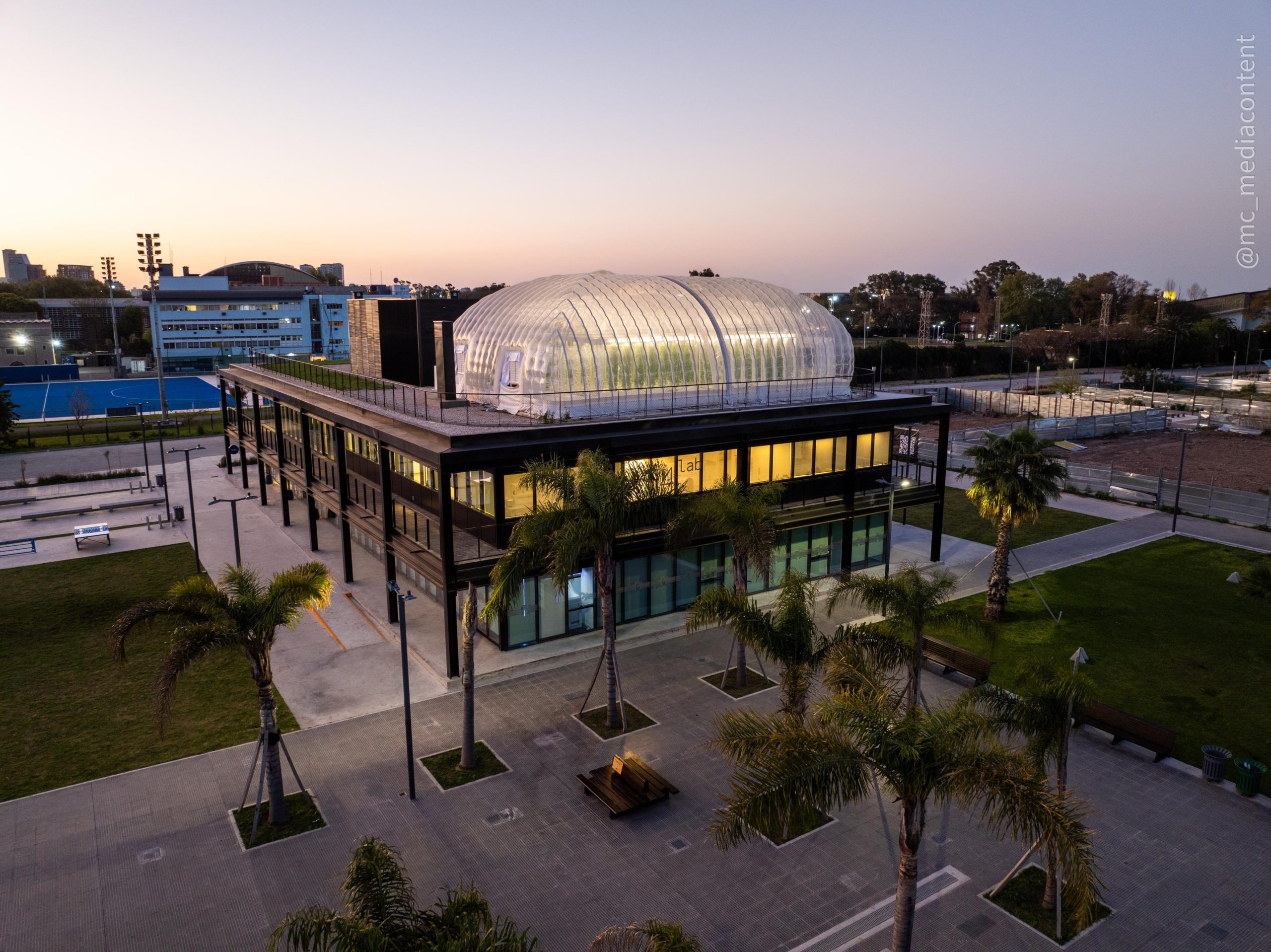Computer vision is a field of artificial intelligence that aims to enable computers to interpret and understand the visual world. It involves the development of algorithms and systems that can analyze and understand images and videos, and extract meaningful information from them.
In the manufacturing industry, computer vision has a wide range of applications and benefits. Some examples include:
- Automated inspection: Computer vision can be used to automate the inspection process in manufacturing, reducing the need for human inspection and increasing the speed and accuracy of the process. It can be used to identify defects or deviations from specifications in products, and can even be used to inspect products that are difficult or dangerous for humans to access.
- Quality control: Computer vision can be used to ensure that products meet certain quality standards. For example, it can be used to measure the dimensions of a product to ensure that it meets the required specifications.
- Process optimization: Computer vision can be used to monitor and optimize manufacturing processes in real-time. It can be used to identify bottlenecks or inefficiencies in the process, and can even be used to make recommendations for improving the process.
- Predictive maintenance: Computer vision can be used to monitor the condition of equipment and predict when maintenance is needed. This can help to reduce downtime and improve the overall efficiency of the manufacturing process.
- Tracking and traceability: Computer vision can be used to track the movement of products and materials throughout the manufacturing process, enabling better traceability and helping to ensure that products are made to the required specifications.
Overall, the benefits of computer vision in the manufacturing industry include increased efficiency, accuracy, and safety. By automating tasks that were previously done by humans and enabling new capabilities that were not previously possible, computer vision has the potential to revolutionize the manufacturing industry.
Leave a Comments





